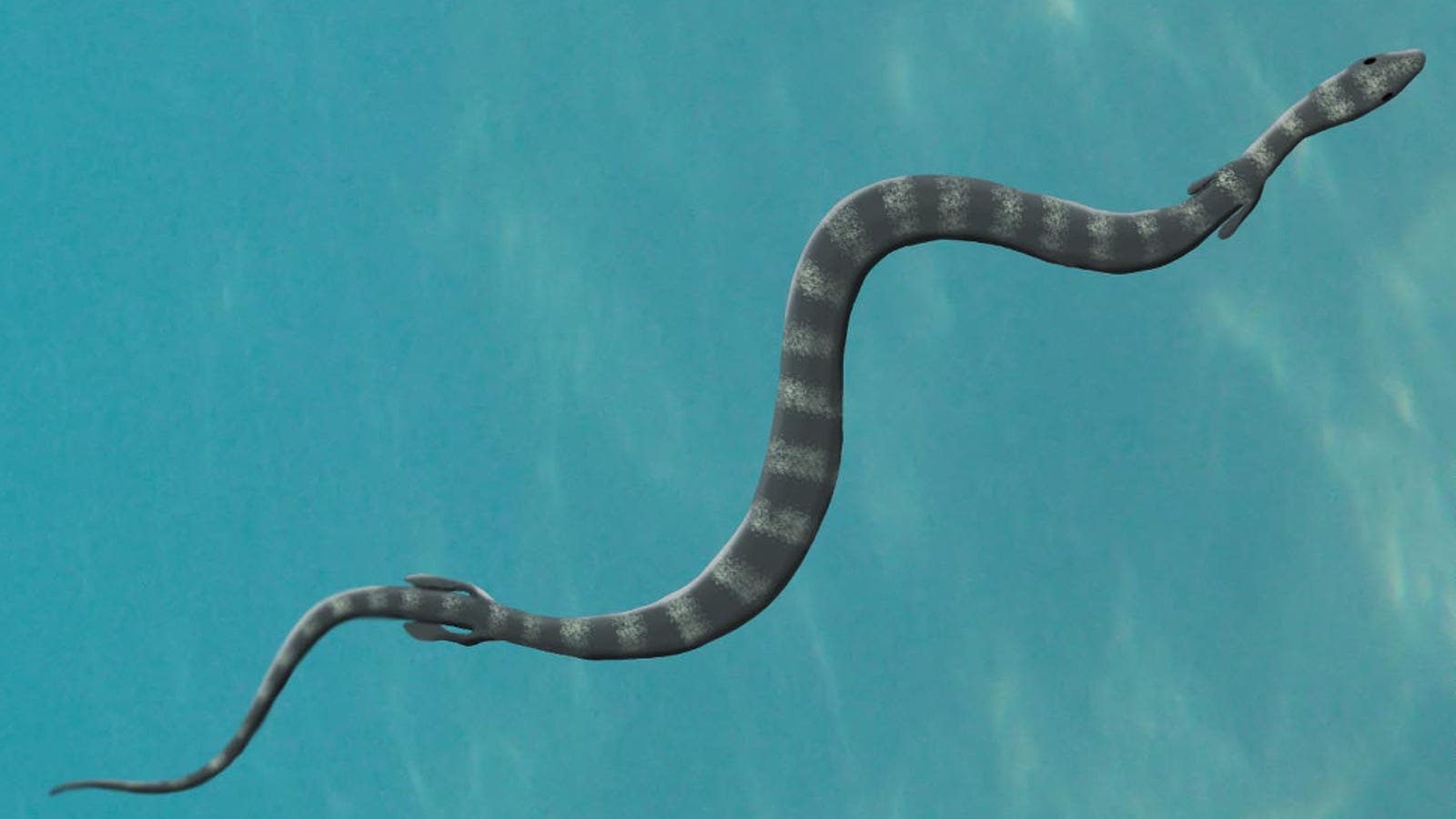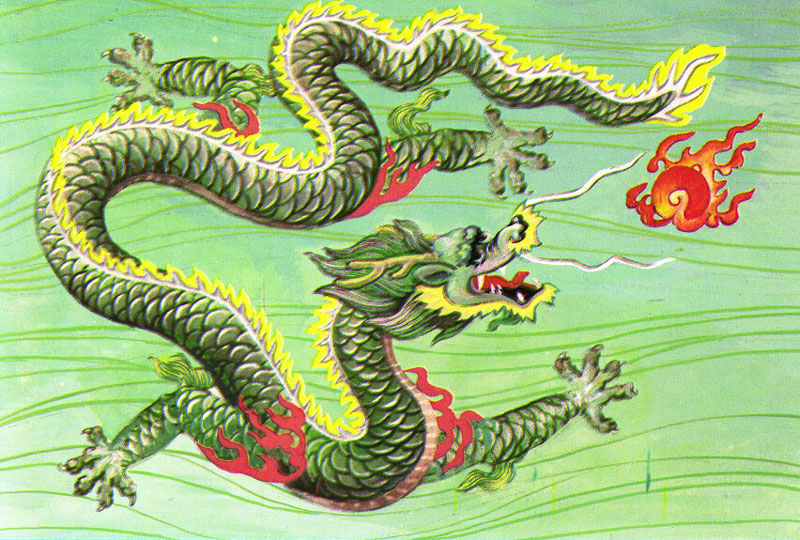Yaarel
🇮🇱 🇺🇦 He-Mage
I don't know when it was first illustrated but the story of the white and red dragons dates to at least which was written in 828. Every illustration of those dragons I have seen is of the 4 legs & 2 wing variety and actually look very similar to the current red dragon.
This is of course the classic image of the Welsh Red, but I couldn't find a date of when this design first appeared.
View attachment 115021
Yeah.
In the older stories about a dragon, the earlier authorship often had a different image in mind for what the dragon looked like, than the one that the later audiences had.
For example, the story of Fafnir shapeshifting into a dragon (Dreki). A runestone from around 1000 depicts it as a massive horned snake, breathing out vapor of venom. But later, a wood carving from the 1200s depicts Fafnir as having eagle arms and eagle wings, and a more lionlike head.
Last edited:










